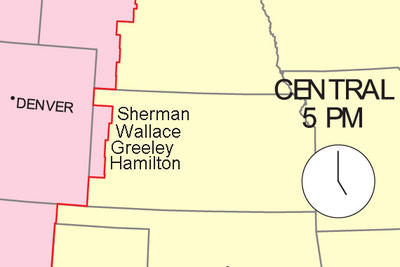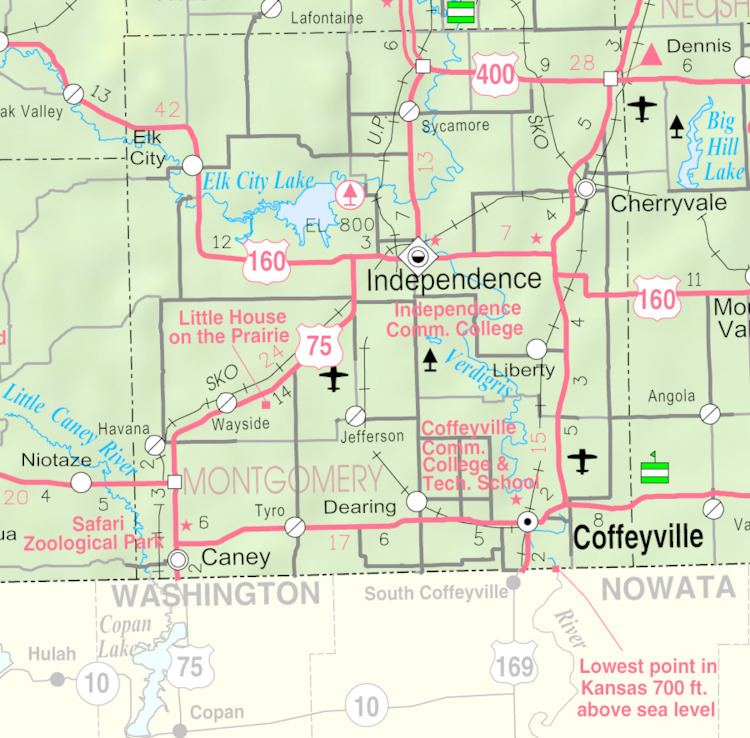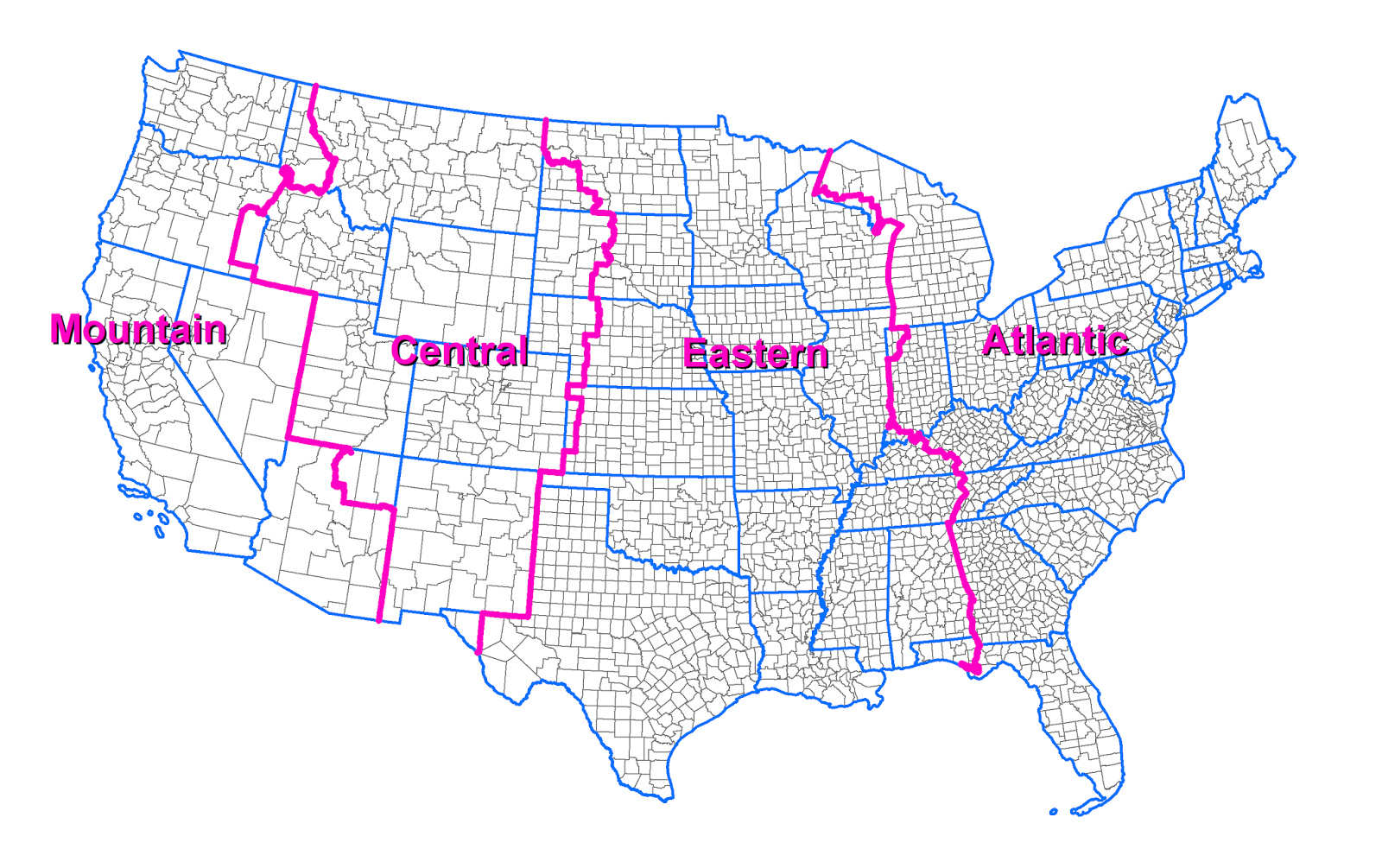

Restored in 1999, and then reconstructed in 2016 after the pedestal collapsed, the 20-foot high, 500-pound clock now greets visitors from Pershing Road. In 1936, a pedestal clock from the 1880s was moved from downtown to the south side of the station.

(For the gear-minded souvenir hound, the clock and motto are also an option in the elongated penny machine.)īut that’s not the only clock at Union Station or the oldest. Linking past and present, a model of the grand clock serves as a favorite photo op, regularly updated for cultural events and decorated for the holidays. In 2000, former mayor (now congressman) Emanuel Cleaver II hosted the radio show “Under The Clock” for KCUR, as part of the city’s 150th-anniversary celebrations. “Meet me under the clock” was a common refrain for arrivals and their greeting parties, and the motto has stayed with Union Station. Opened in 1914, Kansas City’s current Union Station boasts a large dual-sided, 1,000-pound clock in the Grand Hall, with a diameter 6.5 feet across, known as the “Big Ben of the Plains.” A podcast describes the clock and its significance.

It’s now in the Kansas State Historical Society collection. Picture the station agent with his pocket watch, flipping it closed and hollering, “All aboard!” Kansas City's original Union Depot opened in 1878 in the West Bottoms, and had a 125-foot, four-faced clock tower visible from most of the surrounding area, though that building and clock tower are long gone.Īfter the 1903 flood, a clock was salvaged from a café across the street from the depot, showing the high-water mark. The railroad arrived in Kansas City in 1865. With mass transportation came the need to coordinate and that coordination required clocks.

Starting in the 1830s, railways began connecting cities across the county. A vertical sundial brightens up an art-adorned courtyard at 9th and Broadway, on the reconstructed Poindexter Building in 1997, as well as UMKC’s Flarsheim Hall (which houses the engineering school) from 2001.Īlong with some traditional clocks, Johnson County Community College also has a huge sculptural sundial called Galileo’s Gardenon campus, originally installed in 1984, by artist Dale Eldred. Now, it lends its moniker to one of the area’s disc golf courses: Woodhenge.īut modern artists are also inspired by this ancient art. The 36-foot square structure was recognized as a nearly 3,000-year-old solar calendar, determining the solstice and equinox.Ī replica with 5- and 6-foot poles was built in Little Platte Park near the original site. In 1978, archeologists discovered an ancient structure in an area that was soon-to-be-be Smithville Lake. Today this replica stands near the original site.īefore mechanics and electricity, time was determined by the passage of the sun, so it’s no surprise that the first time-keeping devices used the path and slant of the sun to divvy up the day, dating back to ancient Rome. In 1978, archeologists discovered an ancient structure in an area that was soon-to-be-become Smithville Lake.


 0 kommentar(er)
0 kommentar(er)
